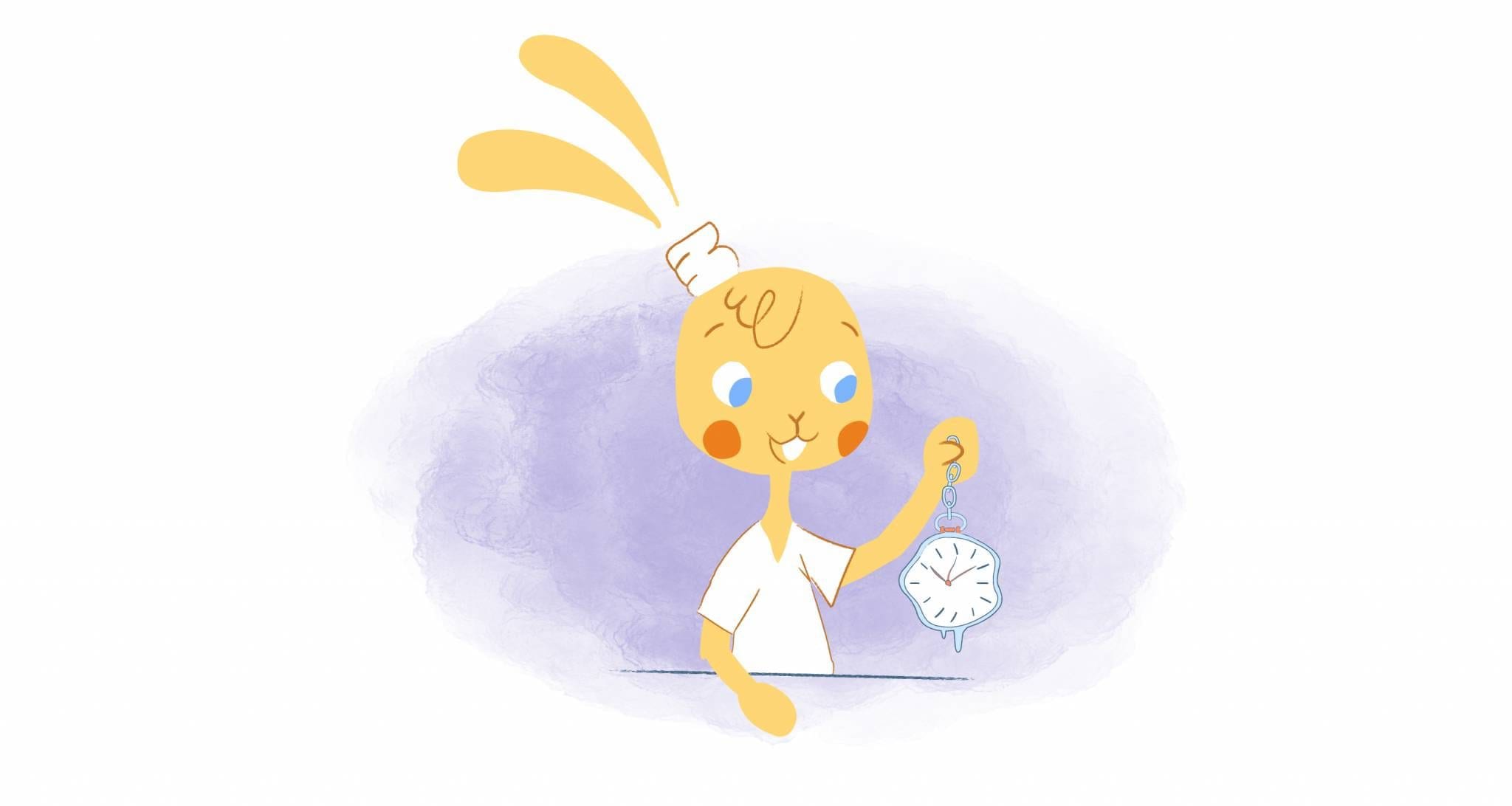

On busy days, managing your time can seem pretty daunting. Focusing on what needs to be done can be challenging and managing your time so that you complete all the work is essential. When you break it down, time management is really just self-management. Here are three steps to better self-management.
Squeezing more time out of your days isn’t about changing their duration — we all have 24 hours in a day, of course — but having more time happens when you stick tightly to your priorities.
Here are a few tips to sharpen your self-management skills:
1. Don’t Bite off More Than You Can Chew
Although they’re just one letter apart, busyness and business can be quite different. If you let busyness take control of your day, it can be harmful to your business goals. The key to focused success and productivity is to eliminate the busyness of your day, letting you focus more on the business.
Come up with a realistic number of tasks for each day. Don’t let other priorities wiggle their way in. Don’t overwork yourself by trying to complete too many things at once.
Use an Online Calendar
It may seem like a simple step, but do not underestimate the value of a good calendar. By finding a tool that works for you, you can track precisely what needs to be done and when. You can track your tasks down to the month, week, day, and hour.
Why does it matter whether the calendar is online? To me, there are three key benefits: ease of collaboration, the ability to set notifications and reminders on multiple devices, and the peace of mind that it can’t be lost.
Online calendars are particularly beneficial for business. Rather than comparing multiple schedules and shooting emails back and forth, they let you schedule a meeting in a click. And there’s no need to sit and create a perfectly prioritized to-do list — it’s all right there on your calendar.
Schedule Every Task (Even the “Little Things”)
It’s better to be overdressed than underdressed, right? Apply that concept to your calendar.
It’s better to overestimate the amount of time a task might take you than to underestimate it. If you overestimate and have time leftover, you can fill it with less important tasks, or get a jump start on the tasks with later deadlines. But if you underestimate, you’ll be left trying to finish your work in a hustled panic, which tends to hurt the quality of your work.
With a zero-based schedule, you always know what task you should be tackling. Entirely scheduling your days makes it easy to identify when you get off track.
Put everything on your calendar: the 15 minutes it might take to get your morning coffee, the 10 minutes it takes to check emails, and even the 20 minutes you spend chatting with colleagues after work.
2. Identify personal productivity patterns
Most of us know if we’re a morning person or a night owl, meaning we know when we’re most productive. However, sleep specialist Michael Breus has identified more specific chronotypes, each of which works differently:
Wolf
A wolf typically does her best work in the late hours of the night. She rarely goes to bed before midnight, and it’s hard for her to get up for work in the morning.
Breus suggests that a wolf gets sunlight early in the morning, which tends to wake people up faster and more naturally than caffeine does. Wolves might go for a walk before work, sit outside, or work by a window.
Dolphin
A dolphin is a morning person, but possibly only because he is anxious or a light sleeper. The wheels are always turning in a dolphin’s mind. According to Breus, the best thing for him is to start his day with a release of endorphins. Exercising in the morning can help him calm his anxiety for the day.
Bear
Bears can be night owls or morning people. They tend to be extroverted, though, resulting in them staying out later on the weekends and sleeping in. Come Monday, they struggle to get out of bed. Breus suggests that bears try to make their wake-up time more consistent throughout the week.
Lion
The lion is one who is already productive and logistics-oriented. Lions can be bad about taking too little time for themselves. Breus recommends that lions take 15-25 minutes each day to themselves, as well as working out later in the afternoon, to boost their evening energy levels.
What’s your chronotype? Track your energy levels and tendencies. By understanding which category you fall into, you’ll get a stronger grip on your productivity patterns.
Then, wrap your schedule around those patterns. Talk to your supervisor about whether you could use a flexible schedule to maximize your most productive times during the day.
3. Minimize Distractions
Distractions are things that get in the way of what you know you should be doing. But there are ways to get ahead of these tempting interruptions:
Utilize “Do Not Disturb”
Most smartphones have a “Do Not Disturb” feature, which blocks all calls, alerts, and notifications. Those dings and chirps add up, primarily if you use your device for work.
Don’t let distractions destroy your focus. A study from the University of California-Irvine found that after a distraction, it takes a person an average of 23 minutes and 15 seconds to gain their full focus back. Those texts and social media updates will still be there when you have time to look at them.
Note that a “Do Not Disturb” setting can be set only for certain people and alerts. For example, you can block texting and calls from everyone but your supervisor, or a specific client. Use the feature to keep your personal life from interrupting your work life, and vice versa.
Use a timer
As simple as it seems, a timer is a great productivity tool. Line up your timer with your calendar events, and spend only as much time as you’ve scheduled on each.
Give yourself the ability to “pulse and pause.” This strategy recognizes that humans are designed to shift back and forth between spending and saving energy.
How long, exactly, should a pulse or pause be? The right amount of time to work and rest varies by person. It might be working for 30 minutes and resting for 5, or it could be working for an hour and pausing for 15 minutes. The important thing is to take breaks, and a timer is a great way to remind yourself to do that.
Take time for yourself
Dedicating time to focus on yourself is essential. By indulging in the things you love during a break in the day, or after work in your personal life, you will feel more energized and less distracted.
If you devote 15 minutes after lunch to something you like, you can overcome the afternoon lull. That, in turn, lets you approach your work with a fresh perspective. Listen to a podcast, watch a YouTube video, journal, or meditate — whatever you need to feel rested and fulfilled.
By managing yourself well, you’ll naturally make better use of your time. Although some of these tips might seem simple — who hasn’t used a timer before? — the key to active self-management is consistency. And for better or worse, consistency is something that can only be built one day at a time.











Howie Jones
My name is Howie and I'm a Customer Success Manager at Calendar. I like to ensure our customers get the best experience using our product. If you have questions email me howie at calendar.com